Optimal Timing for Rodent Removal
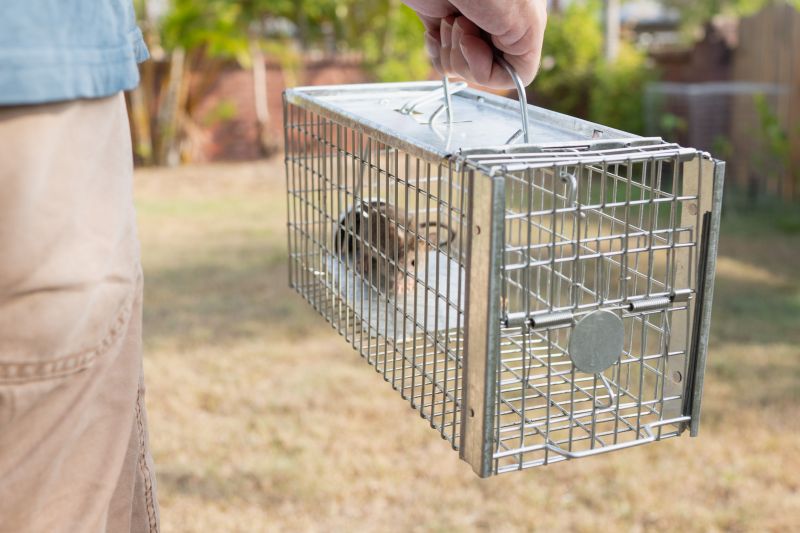
Rodent activity increases in spring as they seek nesting sites and food sources.
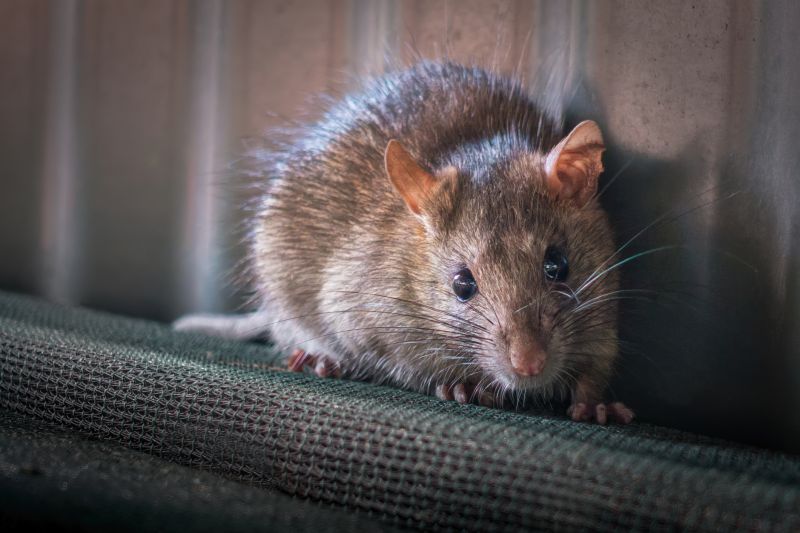
Summer months see heightened rodent movement due to warmth and abundant food.
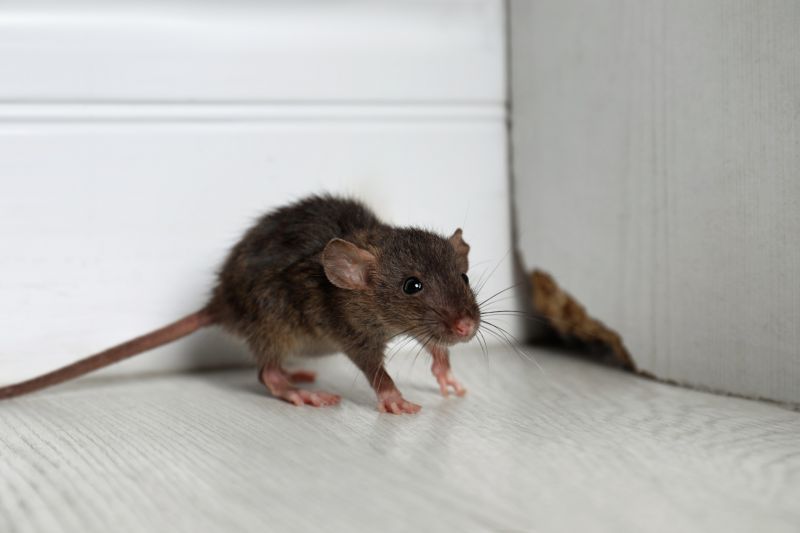
Rodents often seek shelter indoors during colder months, making fall and winter ideal for removals.
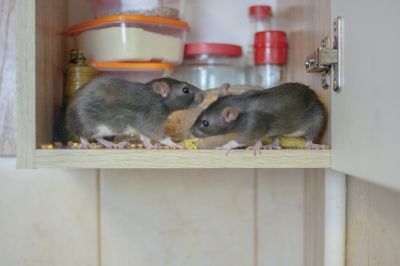
Ways to make Rodent Removals work in tight or awkward layouts.

Popular materials for Rodent Removals and why they hold up over time.
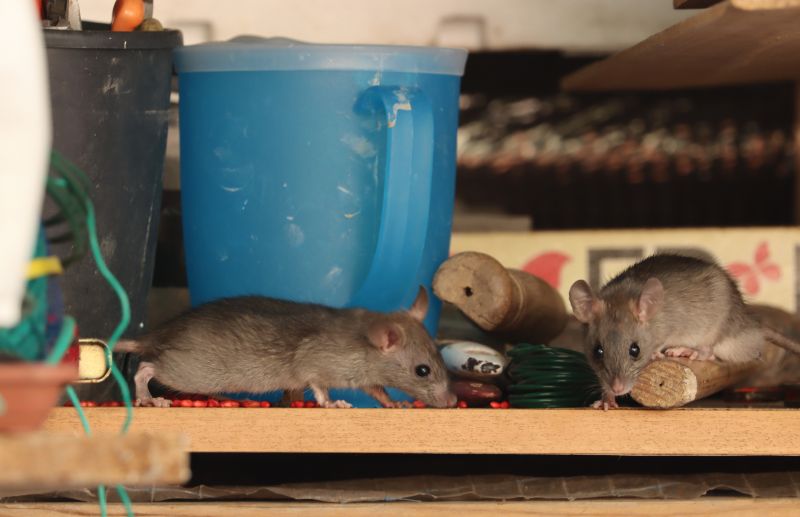
Simple add-ons that improve Rodent Removals without blowing the budget.
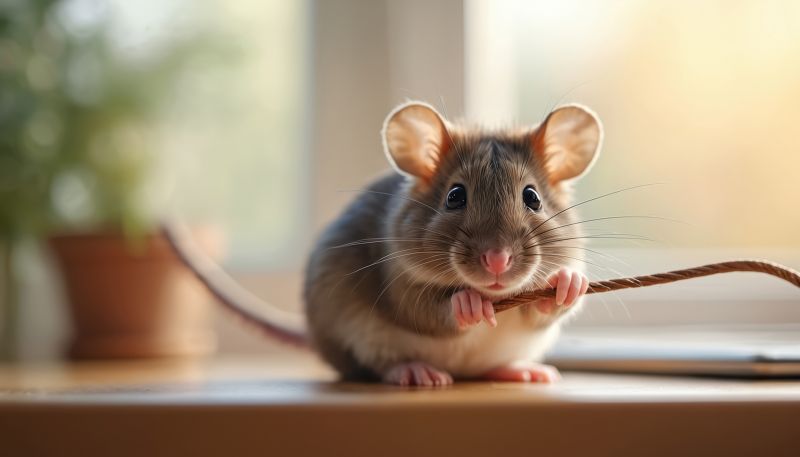
High-end options that actually feel worth it for Rodent Removals.
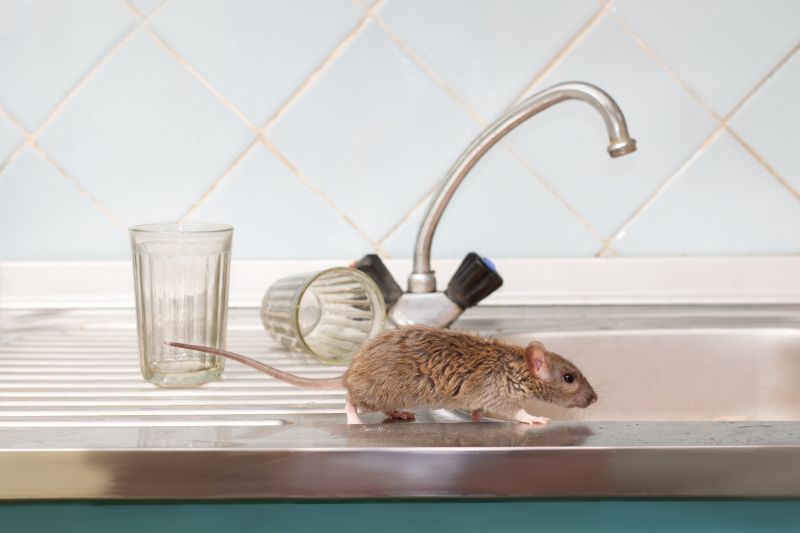
Finishes and colors that play nicely with Rodent Removals.
Rodent removals are most effective when timed according to seasonal activity patterns. During spring and summer, rodents are highly active outdoors, which can sometimes make detection and removal more challenging. Conversely, fall and winter often see increased indoor activity as rodents seek warmth and shelter, leading to higher chances of infestation detection and successful removal efforts.
Understanding rodent behavior and seasonal trends can improve the effectiveness of removal efforts. Statistics indicate that rodent-related damages and health risks tend to peak during colder months, emphasizing the importance of timely intervention. Properly scheduled removals can prevent extensive property damage and reduce health hazards associated with rodent infestations.
Rodents breed year-round but peak during spring and fall, increasing the urgency for removals.
Droppings, gnaw marks, and nesting materials are common signs, especially during colder months.
Sealing entry points and removing food sources are essential for effective rodent control.
Rodents can transmit diseases such as hantavirus and salmonella, making timely removal crucial.

Identifying and sealing entry points prevents reinfestation.
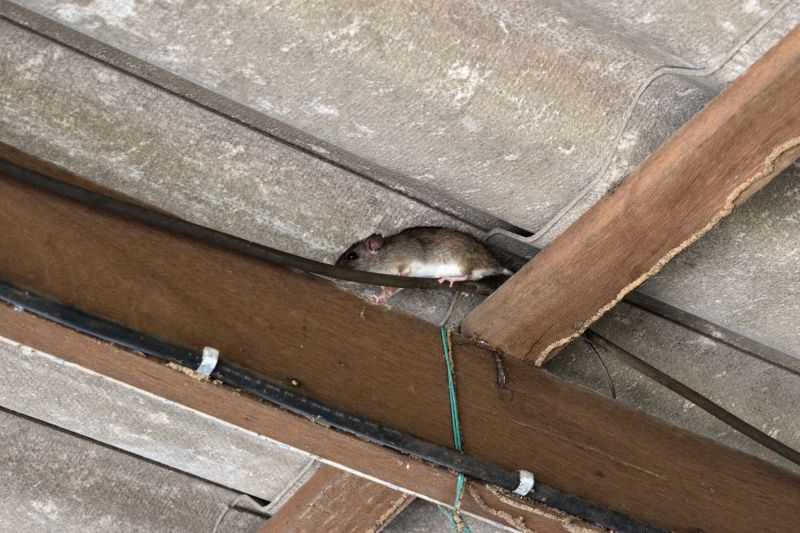
Look for droppings, chewed wires, and nests.
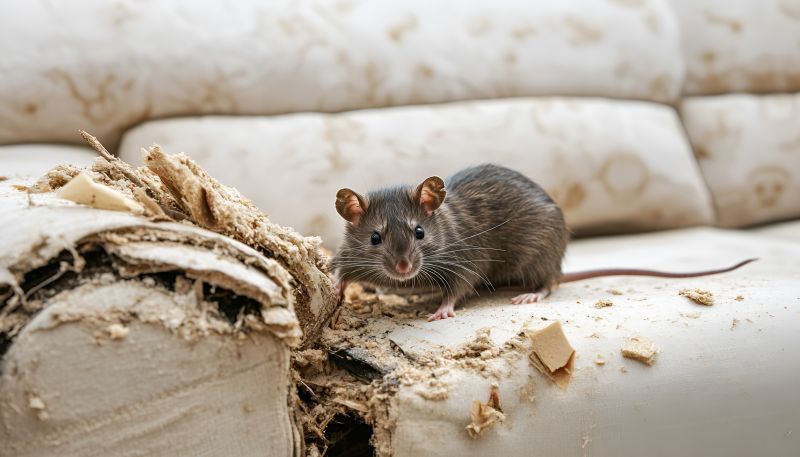
Gnawed materials and damaged insulation are common indicators.

Using traps and bait stations is essential for removal.

Expert assessments help locate hidden infestations.
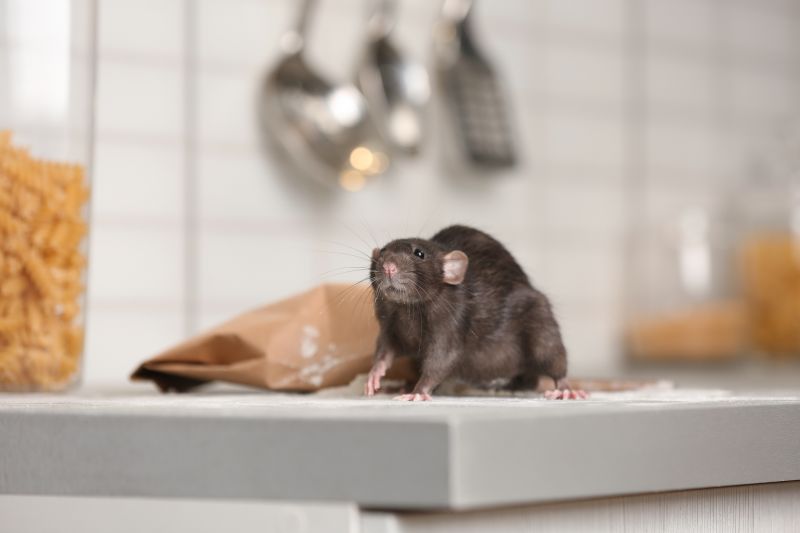
Reducing clutter and securing food sources minimizes attraction.

Proper disposal of traps and contaminated materials is vital.
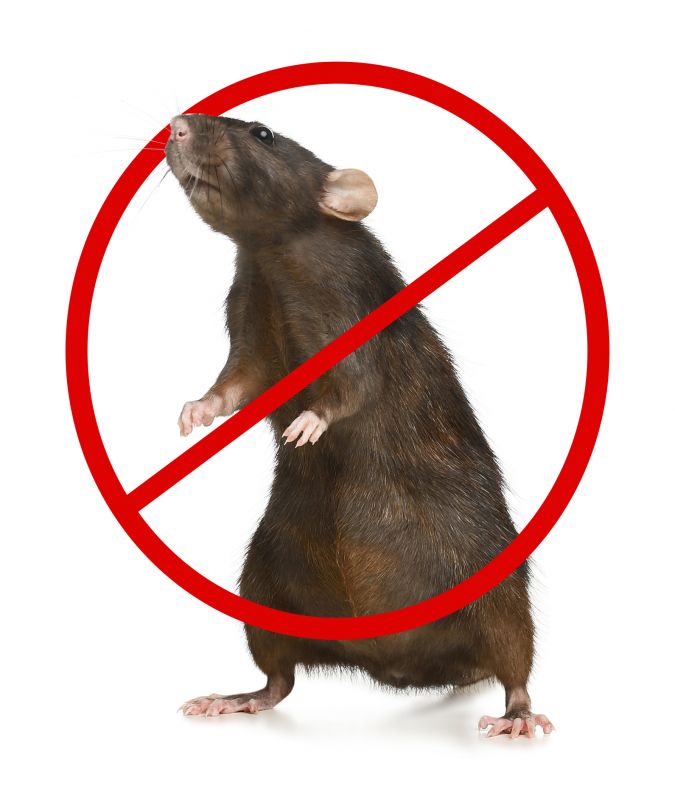
Ongoing maintenance prevents future rodent issues.
| Season | Rodent Activity Level |
|---|---|
| Spring | Moderate to High |
| Summer | High |
| Fall | Very High |
| Winter | High indoors |



